Cortaderia selloana (Schultes) Asch. & Graebn.
PoaceaeProcedente de América del Sur, fue introducida en Europa a mediados del siglo XIX, apareciendo ya también en la literatura hortícola española de ese siglo con el nombre de hierba de las Pampas. Empleada en un principio como planta ornamental, no se recomienda de todos modos su uso cerca de zonas de recreo como piscinas, ríos o lagos destinados a baño públicos por sus hojas cortantes; de ahí su nombre genérico cortaderia, “para cortar”. El nombre específico selloana se lo puso el geógrafo y explorador Alexander von Humboldt en 1818, en honor a Friedrich Sellow (1789-1831), botánico alemán que con apoyo económico y recomendaciones del propio Humboldt pudo llevar a cabo expediciones botánicas de manera independiente por el interior de Brasil. Aunque prefiere los lugares soleados y húmedos, es una planta que se adapta a una amplia gama de ambientes y climas. Es por ello que en lugares como California o la Península Ibérica se la considera una especie terriblemente invasiva.
Procedencia
AmericanoCalendario
Hábitat
Morfología
 Planta
Planta
 Extendida
Extendida
 Simple
Simple
 Lineal
Lineal
 Otras disposiciones
Otras disposiciones
 Entero
Entero
 Agudo
Agudo
 Perenne
Perenne
